Material Storytelling: The Textile Art of Sanford Biggers
American artist Sanford Biggers has an incredibly diverse and eclectic practice encompassing a vast range of media, including film/video, sculpture, installation, music and performance. But his eclectic textile art is one of the most celebrated aspects of his oeuvre, in which he stitches together a vast array of fabric swatches into brilliantly bright, daringly experimental wall-hangings and 3D sculptures. Often taking second hand quilts as a starting point, Biggers deliberately mashes up these used fabrics with elements of painterly or geometric modernist abstraction to create a noisy, clashing blend of cultural references that reflect the rich diversity of his own background, and the complex nature of identity politics and visual culture in the United States today.
Born and raised in Los Angeles, Biggers first became interested in fabrics during childhood, when his adult cousin, the artist John Biggers, first introduced him to African textiles. He was particularly drawn to the duality of African textiles, as both functional objects, and as a means of communication, remembering, “I grew up with this work and I was always sort of mesmerized by how it looked, but knowing there were these other messages.”
Growing up in Los Angeles gave Biggers a taste for cultural diversity from a young age, from the surrounding neighbourhoods of Japanese and German immigrants to the hip-hop culture he discovered through breakdancing and deejaying. He began his training as an artist with a BA at Morehouse College in Atlanta, followed by an MFA from the Art Institute of Chicago. Following graduation Biggers spent three years living in Japan where he worked as an English teacher while learning about Zen Buddhism, which continues to infiltrate his art today. On his return to the United States Biggers settled in New York City, where he continues to live and work today.
It was in 2002 that Biggers first became interested in quilts, after viewing the Whitney Museum’s celebratory display, Quilts of Gee’s Bend. His practice as the time was geared towards sculpture and digital media, but seeing the work of the Gee’s Bend quilters, with its painterly application of fabric swatches in daringly direct, abstract designs convinced Biggers that he should direct his focus towards both fabric, and painting, noting how quilts occupy a space somewhere “between painting, drawing and sculpture.”
In 2012 Biggers began working with secondhand quilts, modifying them through various interventions including cutting them apart, embellishing them with new emblems, re-sewing them back together in new ways, splashing them with acrylic paint or black tar, and building them into sculptural constructs. This ties in with the artist’s overall approach to making, which is engaged with reworking found objects in order to tease out their existing narratives, and create new ones with their remnants, as he explains, “I begin with found and mass-produced materials that bespeak a pre-existing history and a point of reference. However seemingly abstract or distant, I transform them.” While his quilts range from donated family heirlooms to salvaged scraps, Biggers notes that his interventions into the quilt can be painfully slow, yet quietly intuitive, noting, “I sit with these quilts for months or years before I can make a single mark. And then it’s led by what the material is going to give back.”
As much as Biggers enjoys the tactility of the materials in old quilts and the hours of handwork that they carry, he is also fascinated by the rich political history of quilting, particularly in the United States, where so many stories are embedded inside the fabric, from a connection to the Underground Railroad to the Gees Bend makers. He observes, “I consider myself a late collaborator, working with this patchwork that goes over a span of decades and generations. No matter how you slice it, it is an American story on a material level.”
Biggers also points out that it is only in recent decades that quilts have been receiving their due as works of art, and he sees his practice as an important part of the quilt revival, noting, “Quilts and craft have been denigrated by the high art world as ‘women’s work’ and not of the same calibre as modernist painting.” By taking these history-laden objects and injecting them with a new, contemporary visual language, Biggers communicates with a process he calls “material storytelling,” with which he reflects on subjects as varied as American violence, art history, and the Black experience.





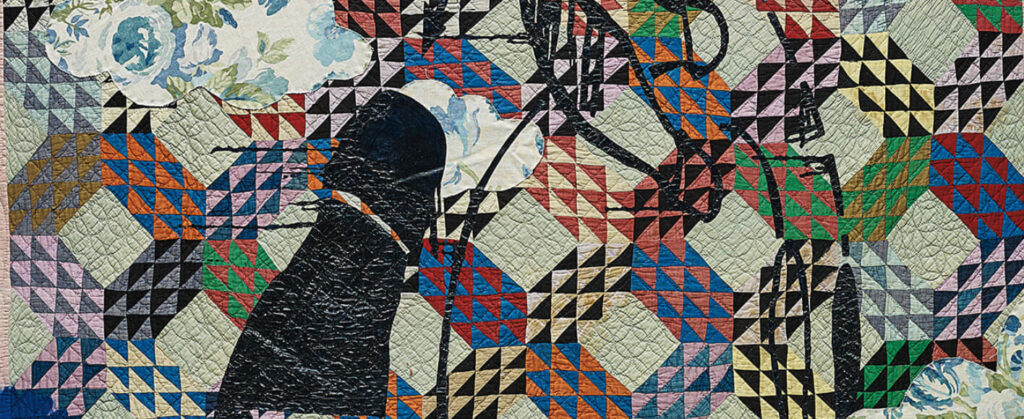
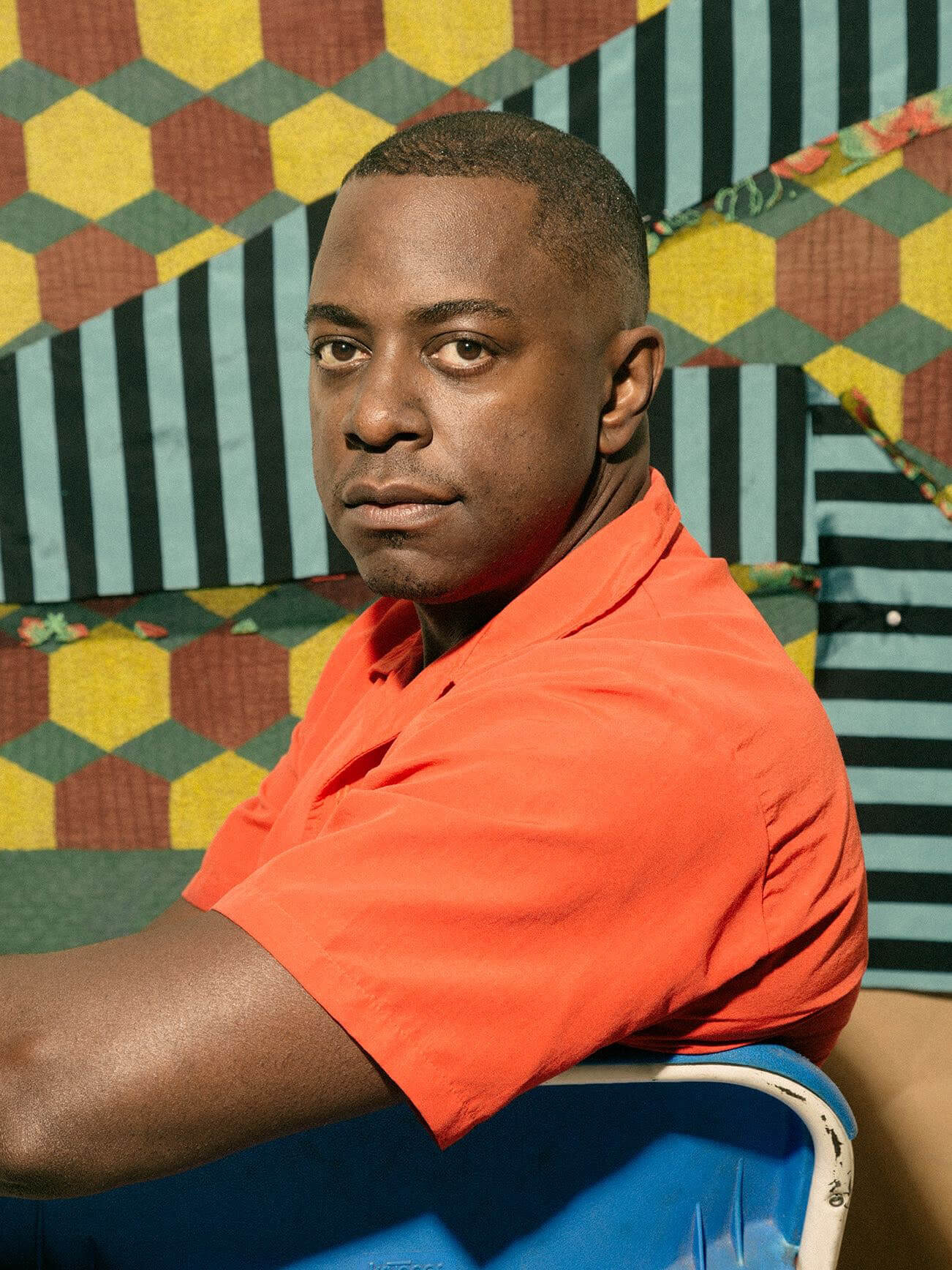
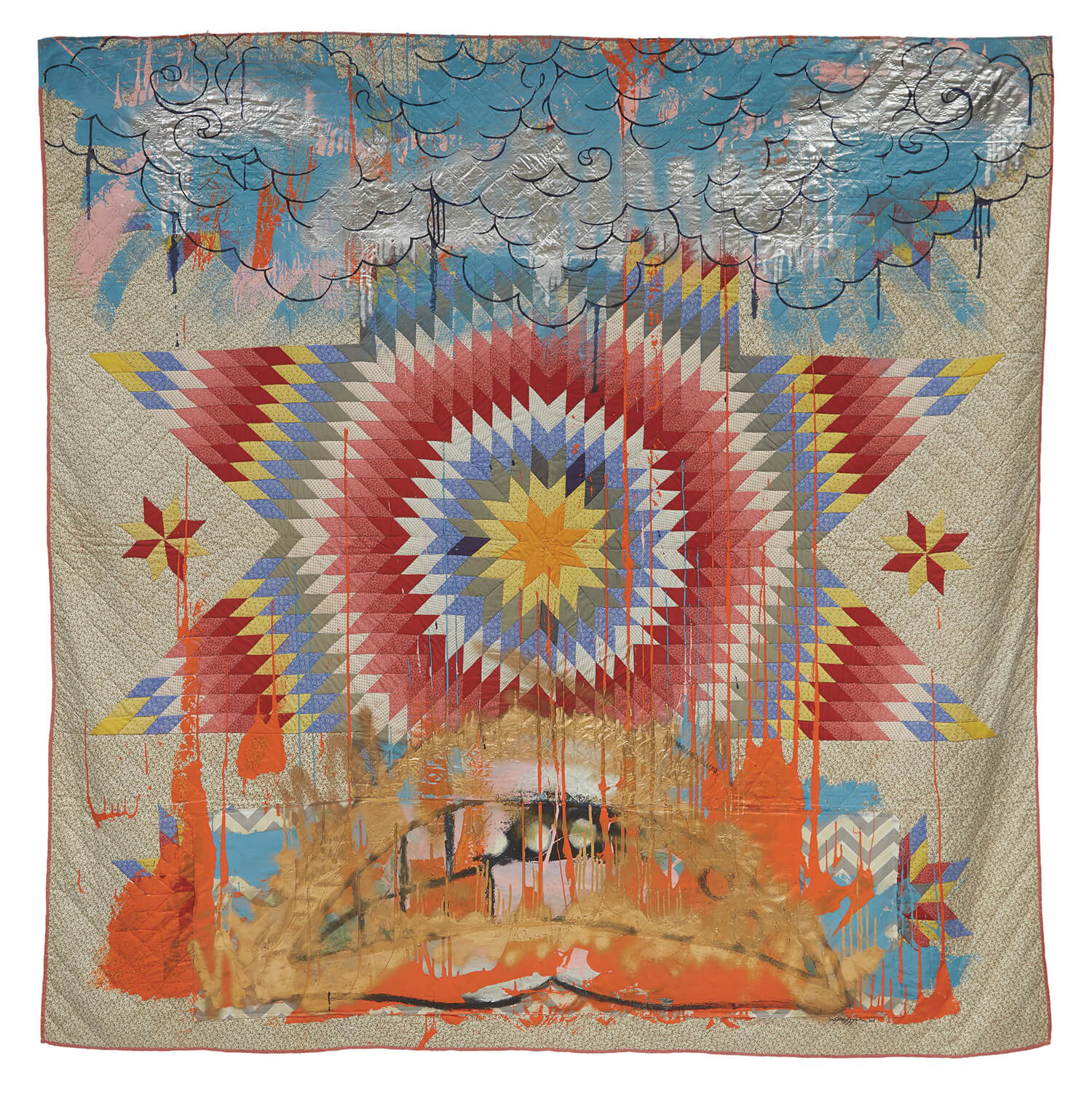
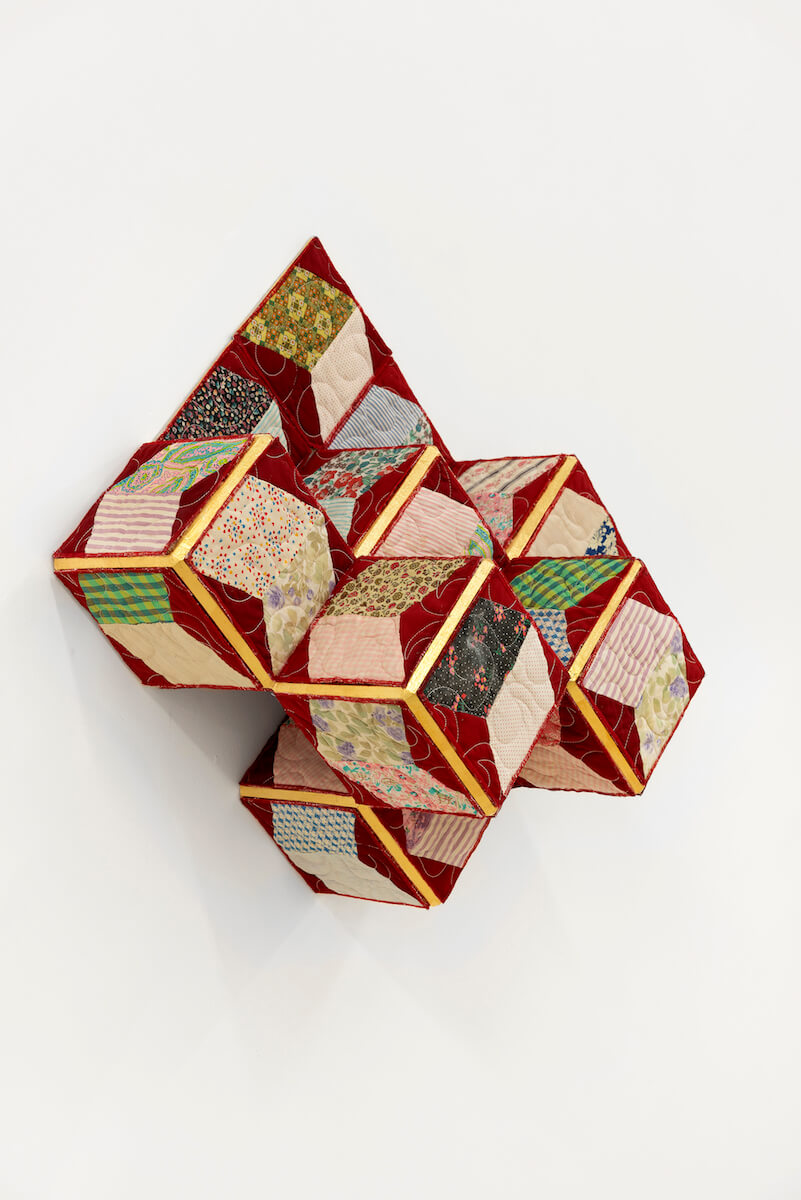
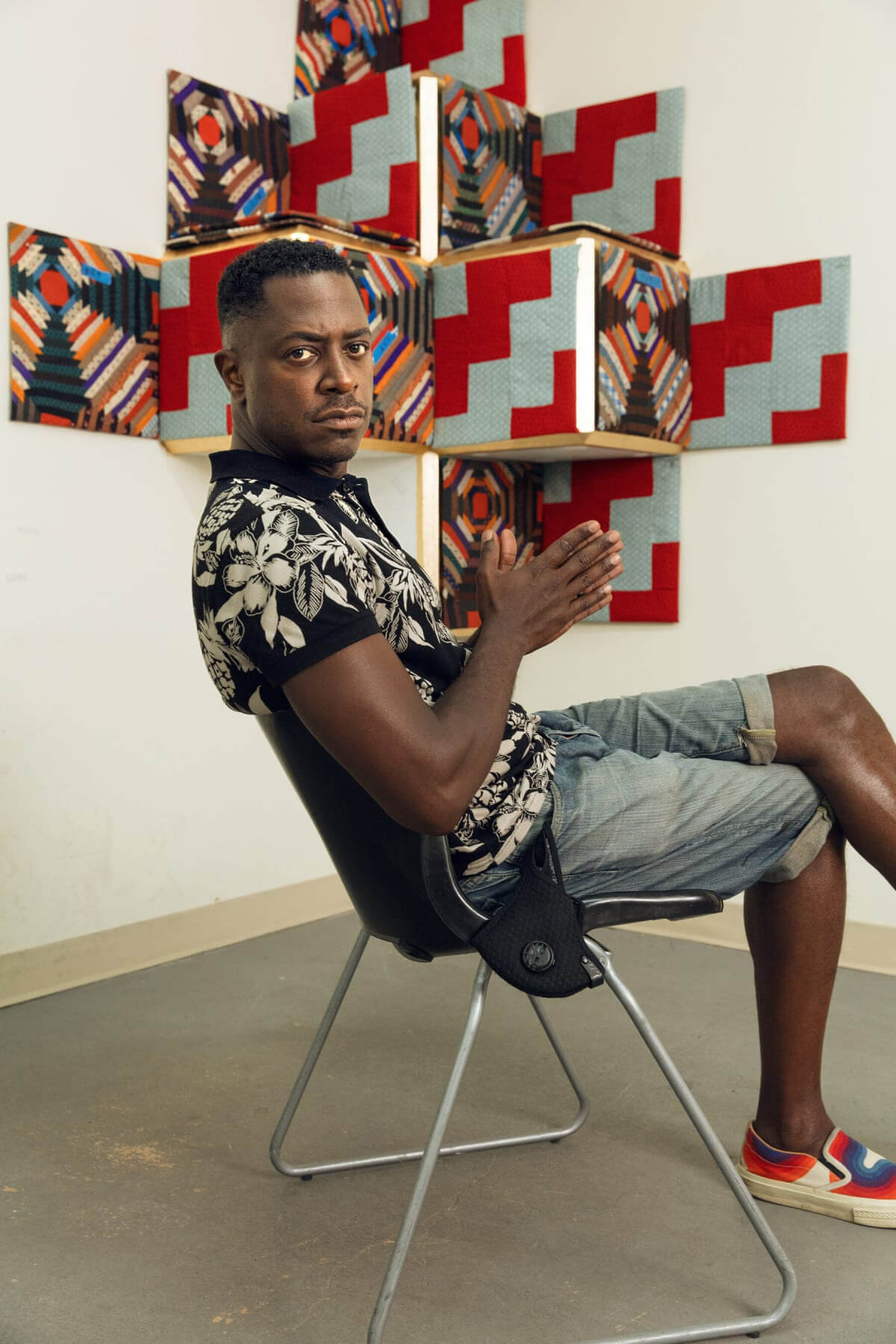
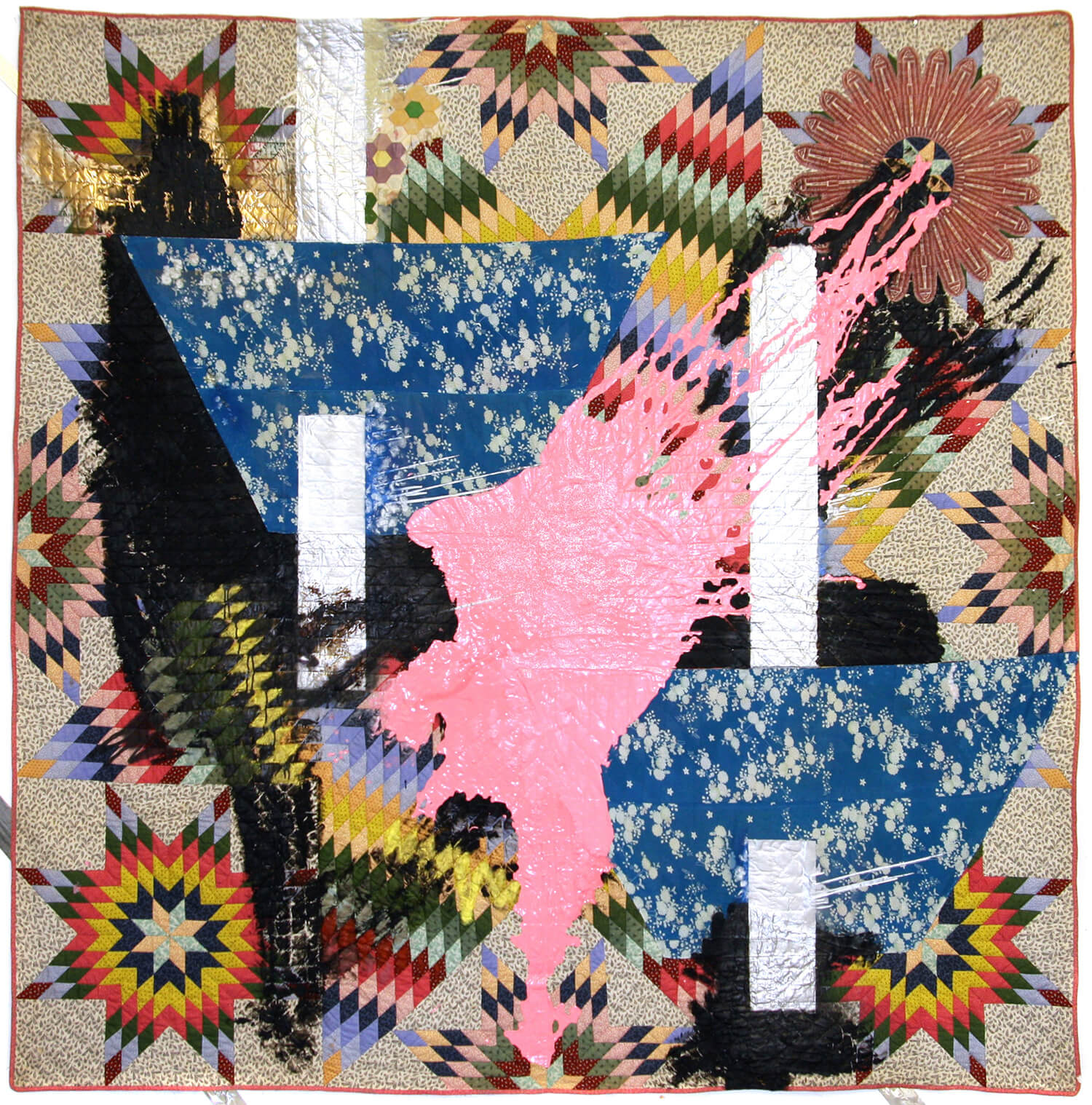
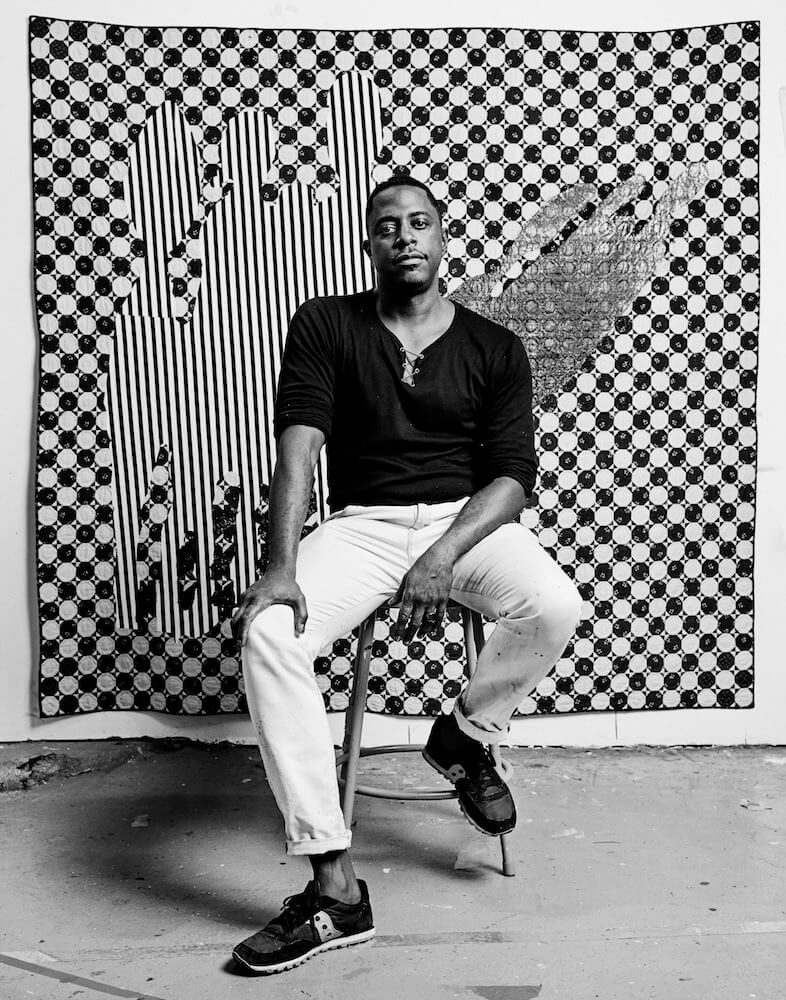




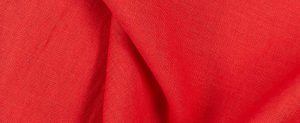


























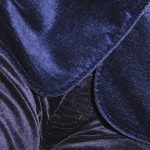
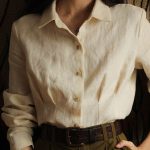

One Comment
Trish Jakielski
I so love his way of making his inner vision pop out in all its glory – “Happy” is the word that comes to mind when I see him sitting alongside his work.
Seems, from many of your featured articles about various artists, that some of the key adjectives are “Free”, Try,”
“Create” and “Enjoy.”